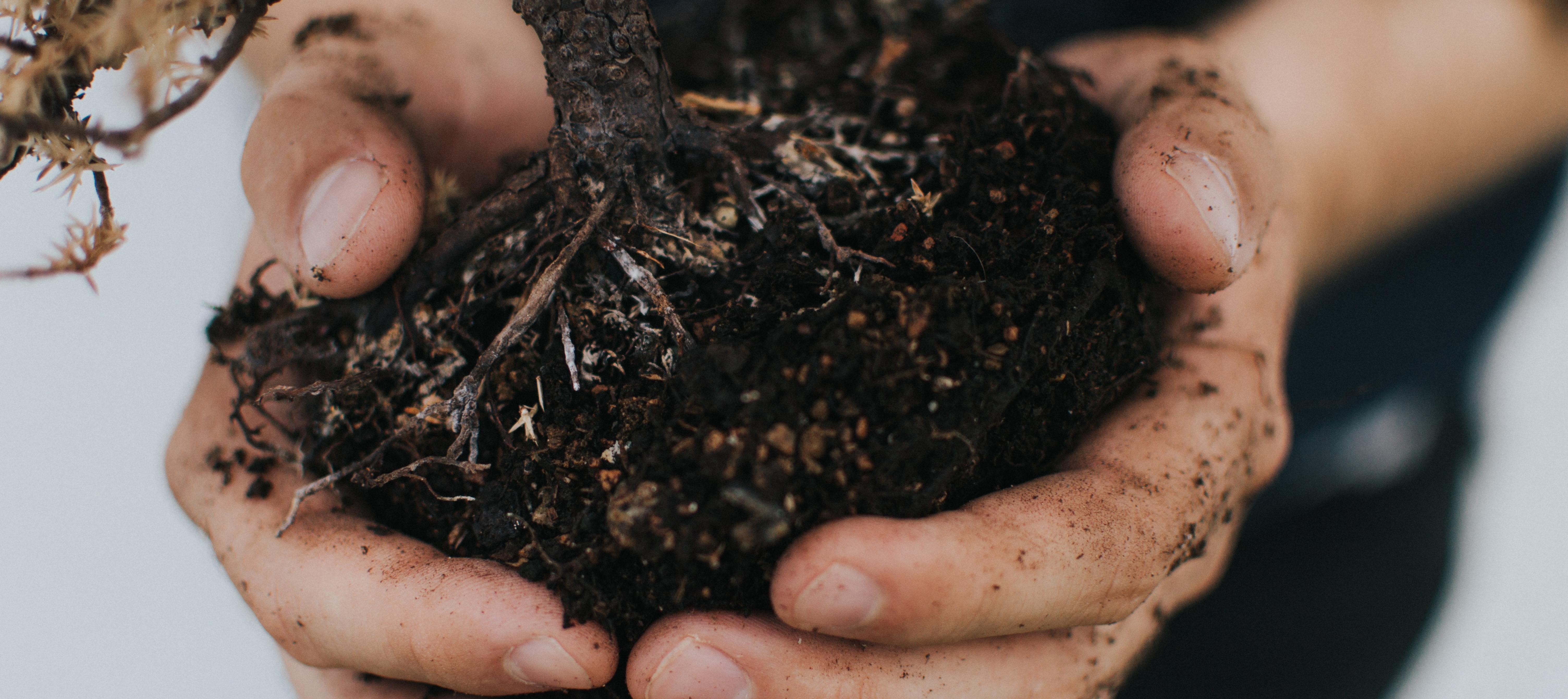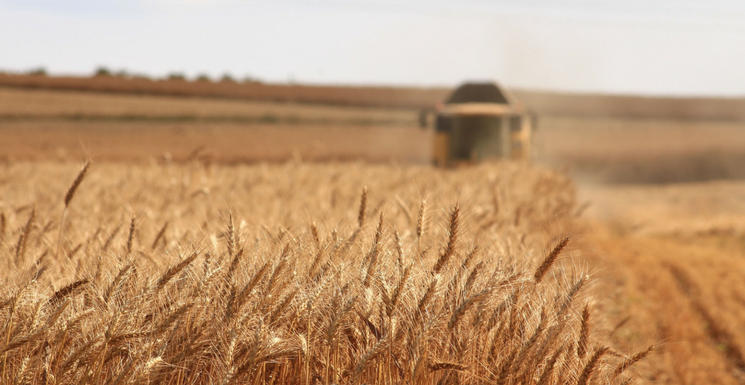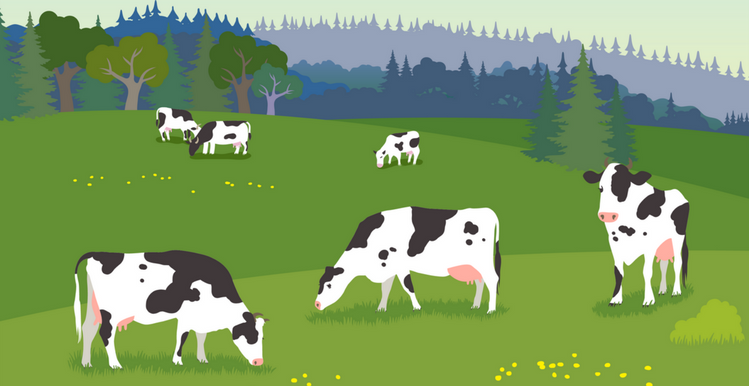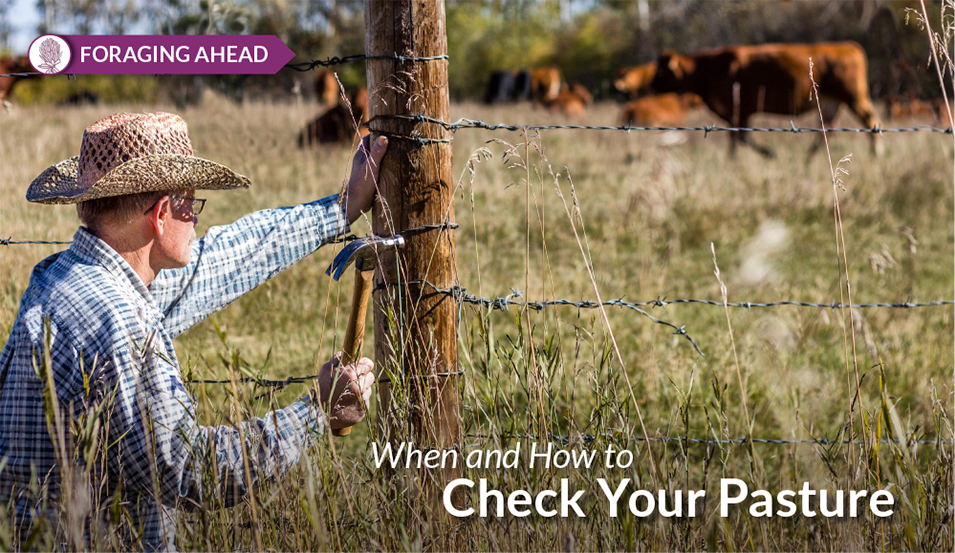
Technology Meets Landscaping
It takes a lot of knowledge to grow a lush, green, healthy lawn and beautiful, blooming flowers. For example, gardeners need to know when to plant, reseed, fertilize, mow, apply weed treatments and treat any diseases. Luckily technology has caught up with landscaping with these great apps specifically dedicated to helping both homeowners and professionals […]






































